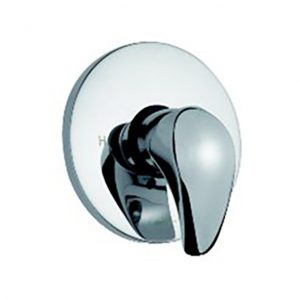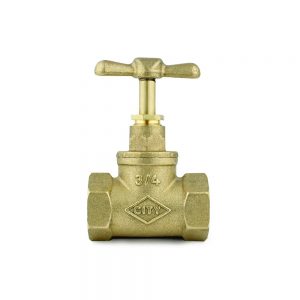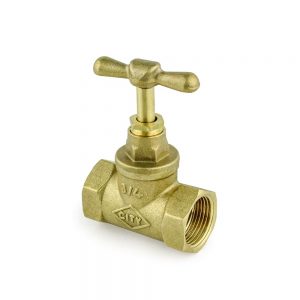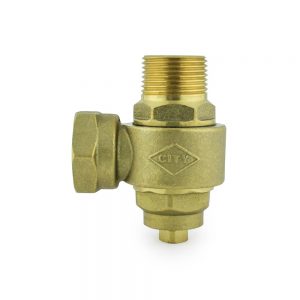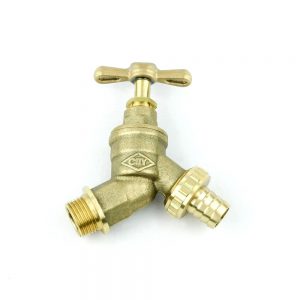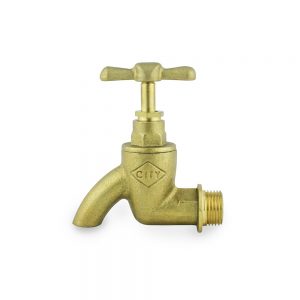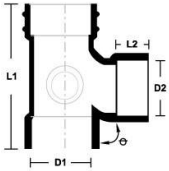
| PRODUCT CODE | SIZE (MM) | ANGLE (˚) | DIMENSION (MM) | |||
| D1 | D2 | L1 | L2 | |||
| FU/ESB-032S | 32 | 91.25 | 36.3 | 36.3 | 89 | 24 |
| FU/ESB-040S | 40 | 91.25 | 42.9 | 42.9 | 109 | 25 |
| FU/ESB-050S | 50 | 91.25 | 55.9 | 55.9 | 135 | 28 |
| FU/ESB-082S | 85 | 92.5 | 82.6 | 82.6 | 205 | 45 |
| FU/ESB-110S | 110 | 92.5 | 110.2 | 110.2 | 270 | 50 |
| FU/ESB-110*50S | 110X50 | 92.5 | 110.2 | 55.9 | 270 | 29.9 |
| FU/ESB-110*82S | 110X82 | 92.5 | 110.2 | 82.6 | 270 | 47.8 |
| FU/ESB-160*110S | 160X110 | 92.5 | 160.4 | 110.2 | 315 | 52 |
| FU/ESB-160S | 160 | 92.5 | 160.4 | 160.4 | 376 | 75.3 |
| FU/ESB-200S | 200 | 92.5 | 200.2 | 200.2 | 395.2 | 83.6 |
UPVC Pipes and Fittings Characteristics
1: Light Weight – UPVC’s lighter weight makes it easier and less costly to handle, transport ands install. In fact, most UPVC pipe and fitting sizes can be handled manually, reducing the need for expensive installation equipment.
2: Higher Flow Rates – UPVC pipes provide smoother wall surface that reduce fluid friction and resistance to flow, thus increase flow rates. Superior hydraulics leading to lower pumping costs..
3: Corrosion Resistance – UPVC pipes and fittings are non-conductors of electricity and immune to electrochemical reactions caused by acids, alkalis and salts that cause corrosion in metals.
4: Chemical Resistance – UPVC pipes and fittings exhibit resistance to a wide range of chemical reagents and are resistant to chemicals normally found or used in homes.
5: Flame Resistance – UPVC pipes and fittings are difficult to ignite and will not continue burning in the absence of an external ignition source.
6: Impact Strength – Under normal conditions, UPVC pipes possess relatively high resistance to impact damage when compared to pipes made from clay, concrete and most other conventional materials.
7: Favorable Cost – UPVC pipe and fitting are competitive with other materials, particularly when installation and life cycle operating costs are taken into consideration.


